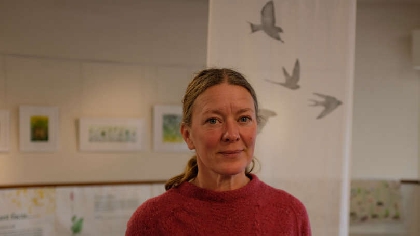
Artist Hester Cox has collaborated with the Dales Countryside Museum to portray the abundant but ‘ephemeral and fragile’ life of traditionally-managed upland hay meadows.
A special exhibition brings together eight years’ worth of her work, including a series of new, Marie Hartley-inspired linocuts depicting the flowers, insects and birds of three meadows near her home in Horton-in-Ribblesdale.
The joy of swallows’ flight as they gobble insects over tall flowers and grasses is captured in the linocut for May, while in July a curlew watches her chicks among rows of hay.
The special exhibition, to run until 17 September, is called ‘Within These Walls’. It is the title given to a stunning, large scale work first installed in a field barn in 2017 and which is now being shown for the first time in a gallery setting, at the museum in Hawes.
Traditionally-managed species-rich upland hay meadows have largely disappeared from England, chiefly owing to farmers’ efforts to improve grasslands and a switch to early cut silage-making. Yet they are one of the special qualities of the Yorkshire Dales National Park, which still contains almost 1,000 hectares of species-rich meadow land – half of what remains nationally.
Hester Cox said: “It’s become an obsession. I hadn’t realised until I came to preparing for this exhibition quite how much work I do with the meadows. We moved to Horton-in-Ribblesdale in 2014, and nearly every day I walk a footpath through two meadows and along a lane past a third meadow. Because they are on my doorstep, it means I can go and draw the plants and see the changes.”
In 2020 Hester Cox was commissioned by the Dales Countryside Museum to make prints of the woodblocks created by the museum’s founder, Marie Hartley. This was the inspiration for her ‘A Year in the Meadows’ linocuts. Linocuts involve a similar printmaking method to wood engraving.
Speaking about the July linocut, featuring the ‘red-listed’ endangered curlew, she said: “Last year a pair of curlews came back to the larger of the three meadows and nested. We saw them raise and successfully fledge four chicks. I couldn’t believe it, I was really worrying about them, but they survived because the field margins didn’t get cut, and there were lots of plants such as meadowsweet to hide away in. I was able to see them after the hay had been raked into rows and baled and I saw them all fly off towards the end of July.”
Another new work, ‘Hidden’, which depicts a curlew among clover and buttercup, is also part of the exhibition - see below
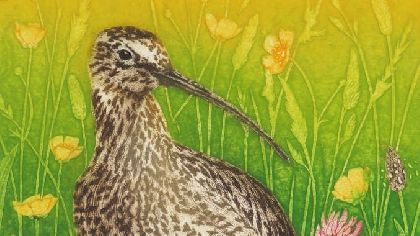
The centrepiece of the exhibition, however, is the ‘Within These Walls’ installation, created for the 2017 Grassington Festival. On one panel, thirty swallows are block printed; all are in flight and each one is different.
Hester Cox said: “It’s five four-metre-long panels, and it was six months of work. If you were laid down in a meadow looking through the grasses and flowers, it’s a cross section of the most important species you would see. It’s about the ephemeral and fragile life of a meadow.
“I'm so pleased with how it looks in such a different setting to what it was designed for; I like how the hay sled from the museum’s collection gives the same contrast and feel as the wooden rafters of the field barn did. It is a collaborative exhibition and there are some lovely artefacts on display, with archive photographs of the Irish migrant haytime workers as well as oral histories.”
Derek Twine, who is the Member Champion for Promoting Understanding at the Yorkshire Dales National Park Authority, which runs the Dales Countryside Museum, said: “People will be swept up by the beauty of hay meadows when they come to see this exhibition. The more you look at a species-rich traditional meadow, the more you see – and the same is true of Hester Cox’s work.
“The ‘Within These Walls’ exhibition can be seen as a tribute to the nature-friendly farmers of Ribblesdale and the wider National Park. Meadows need to be managed. They need to be grazed and have muck put on them. The grass needs to be cut, dried and gathered in a specific way. As Hester Cox has said, you can’t just plant a load of seeds and walk away and leave it. Flower rich hay meadows depend on the farmers.”
‘Within these Walls - Haytime in the Yorkshire Dales’, an exhibition of the work of artist Hester Cox, can be seen seven days a week at Dales Countryside Museum in Hawes until the end of September. Tickets are £4.90 and entry to the special exhibition is included in the admission price. Children are admitted free.



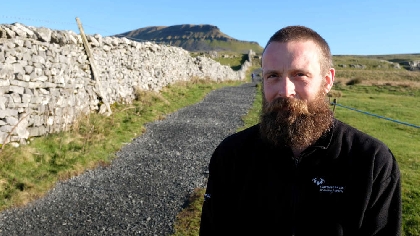 Pen-y-ghent path fixed
Pen-y-ghent path fixed
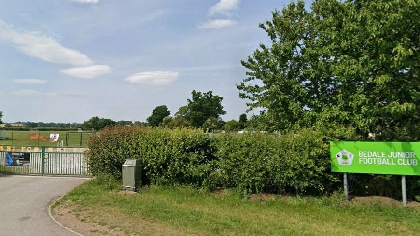 Good news for Bedale football club
Good news for Bedale football club
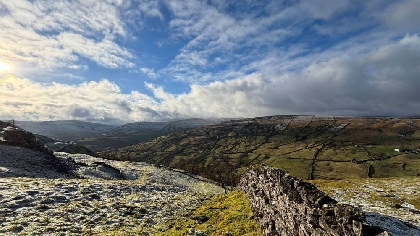 Dales photography competition returns to celebrate our most loved landscapes
Dales photography competition returns to celebrate our most loved landscapes
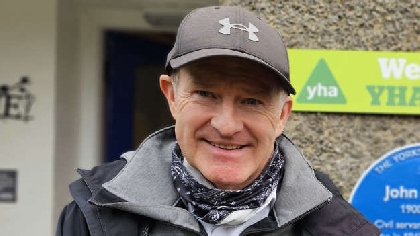 Long-serving Yorkshire Dales park authority chief to retire
Long-serving Yorkshire Dales park authority chief to retire
 Skipton Street Marshals to return and support welfare over busy festive period
Skipton Street Marshals to return and support welfare over busy festive period
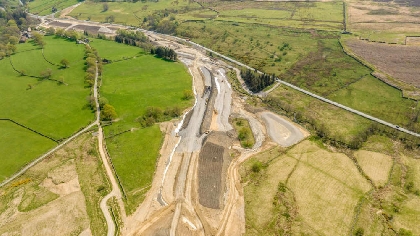 Don’t blame wildlife for £11.7m Kex Gill overspend, say Green councillors
Don’t blame wildlife for £11.7m Kex Gill overspend, say Green councillors
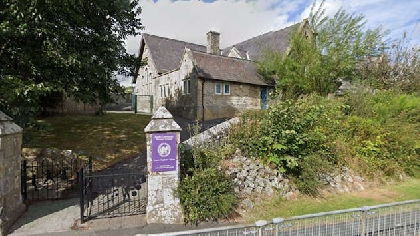 Dales school restructuring won’t make difference to pupils education
Dales school restructuring won’t make difference to pupils education
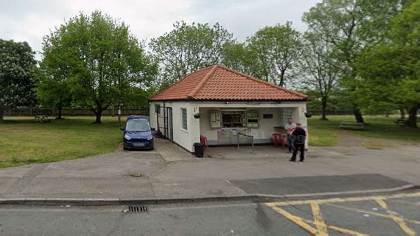 Details behind sudden closure of A66 cafe emerge
Details behind sudden closure of A66 cafe emerge

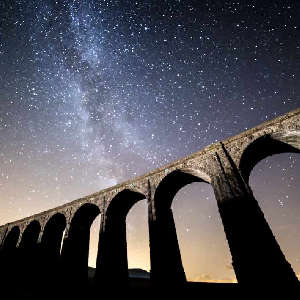
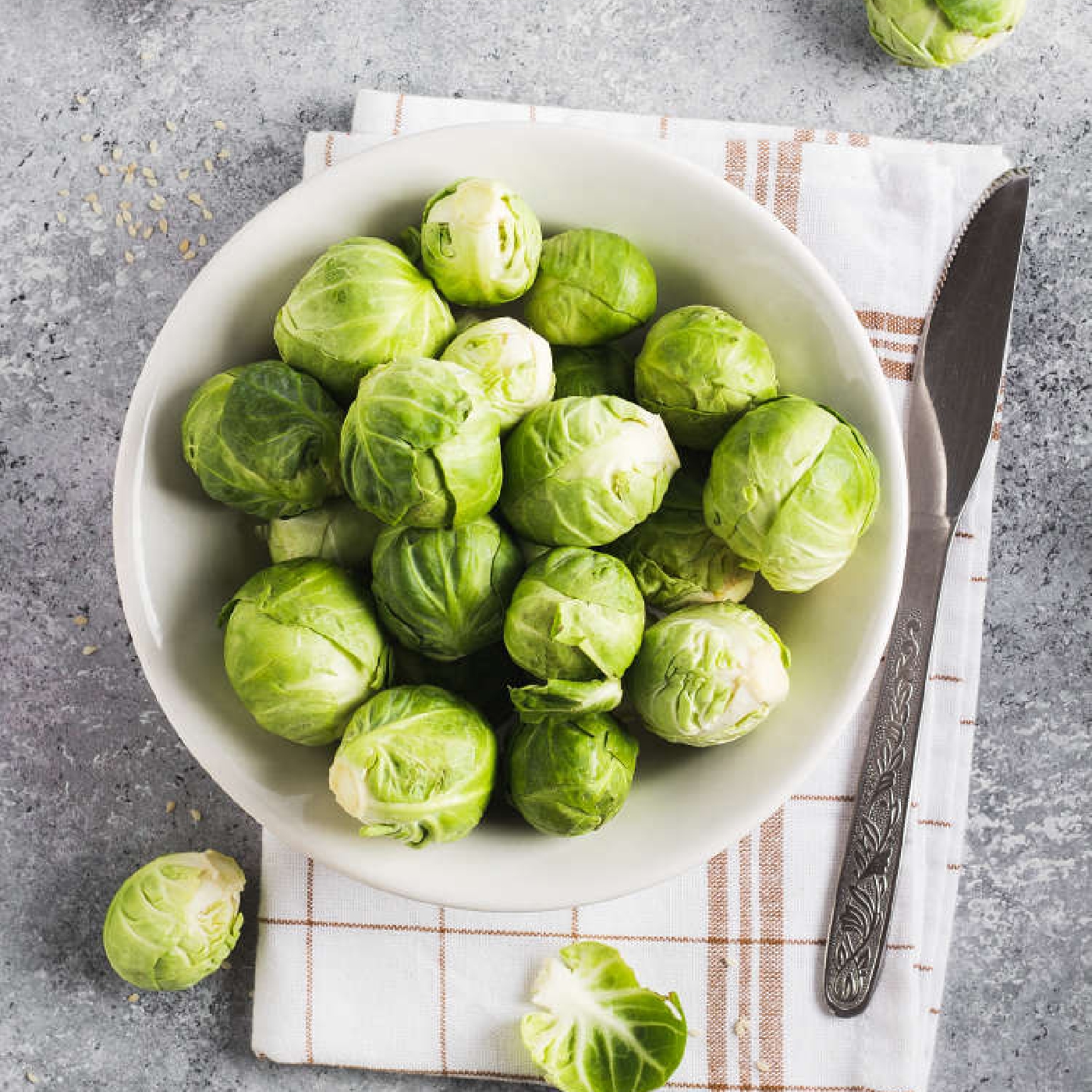
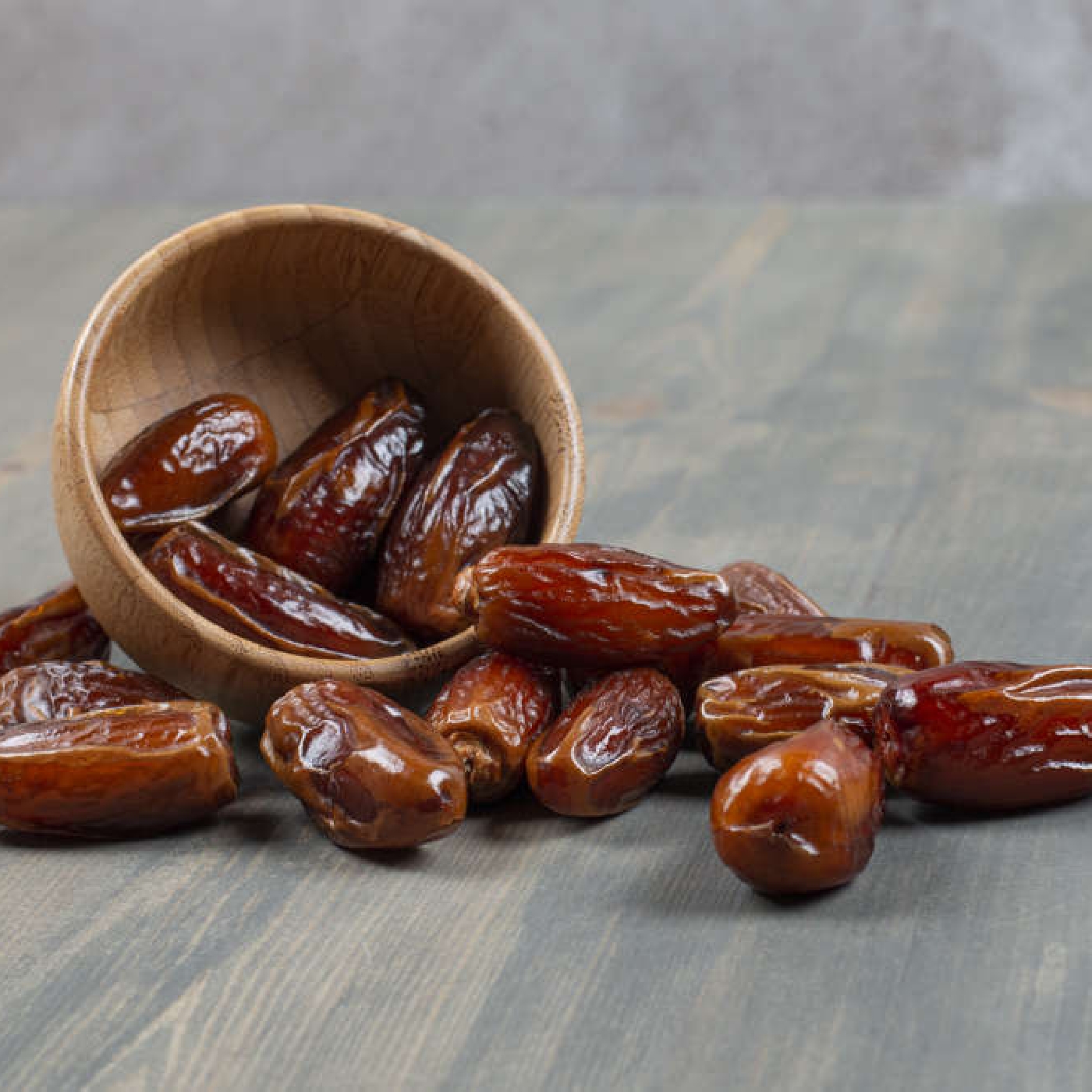

Comments
Add a comment